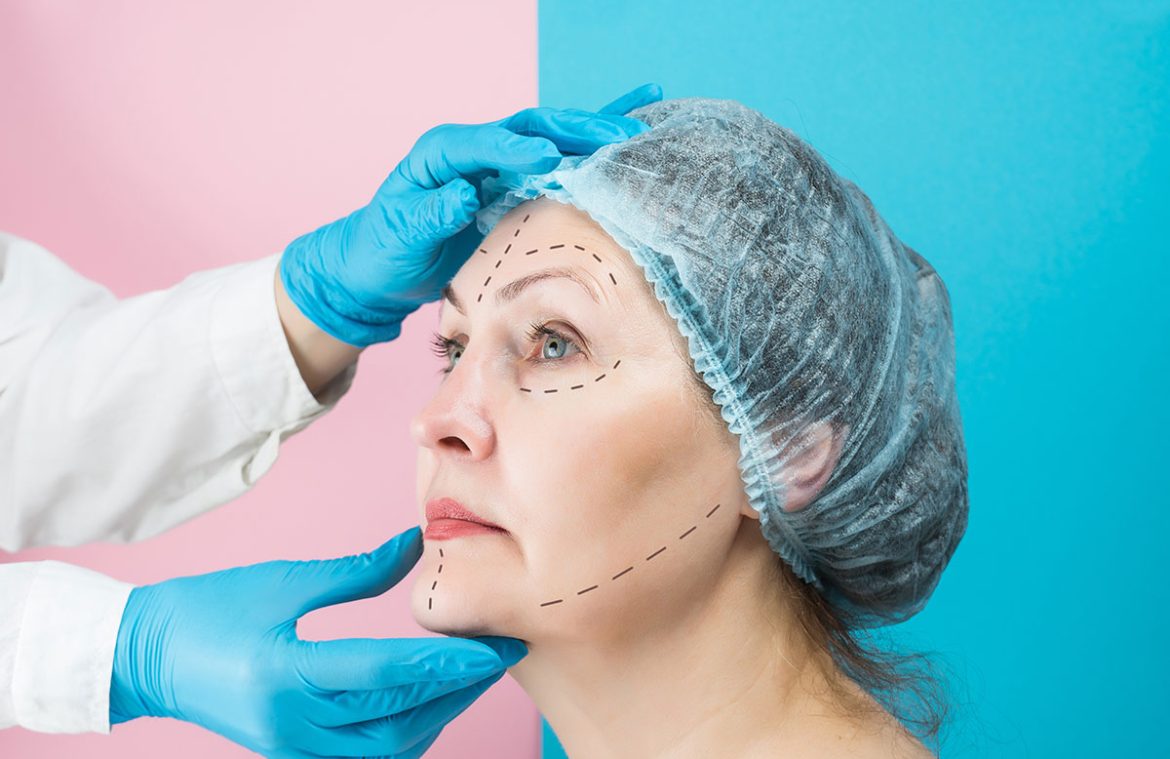
Lower blepharoplasty, also known as lower eyelid surgery, is a cosmetic procedure designed to rejuvenate the appearance of the lower eyelids by addressing concerns such as under-eye bags, puffiness, wrinkles, and sagging skin. This transformative surgery aims to restore a more youthful and refreshed look to the eyes, enhancing facial harmony and confidence. In this article, we will explore the intricacies of lower blepharoplasty, including its indications, techniques, benefits, recovery, and potential risks.
Indications for Lower Blepharoplasty
Lower blepharoplasty may be recommended for individuals experiencing one or more of the following concerns:
- Under-Eye Bags: Puffiness or protrusion of fat deposits beneath the eyes, often caused by aging, genetics, or lifestyle factors.
- Dark Circles: Discoloration or shadows under the eyes, which can contribute to a tired or aged appearance.
- Sagging or Excess Skin: Loss of elasticity in the lower eyelid skin, resulting in wrinkles, folds, or a drooping appearance.
- Desire for Facial Rejuvenation: Individuals seeking to enhance the overall appearance of the lower face and achieve a more youthful and refreshed look.
Lower Blepharoplasty Techniques
Lower blepharoplasty techniques vary depending on the specific concerns of the patient and the surgeon’s approach. Common approaches include:
- Transcutaneous Approach: In the traditional transcutaneous approach, an incision is made just below the lower lash line to access the underlying tissues. This technique allows for direct visualization and modification of fat pads, muscles, and skin.
- Transconjunctival Approach: The transconjunctival approach involves making an incision on the inside of the lower eyelid, known as the conjunctiva. This technique is ideal for patients with minimal skin laxity and allows for access to the fat pads without external scarring.
The choice of technique depends on factors such as the patient’s anatomy, aesthetic goals, and the presence of underlying anatomical abnormalities.
Benefits of Lower Blepharoplasty
Lower blepharoplasty offers a range of benefits for patients seeking to rejuvenate the appearance of their lower eyelids, including:
- Improved Under-Eye Contour: Lower blepharoplasty can reduce the appearance of under-eye bags and puffiness, creating a smoother and more youthful contour.
- Reduction of Wrinkles and Sagging Skin: By removing excess skin and tightening the underlying tissues, lower blepharoplasty can diminish wrinkles, folds, and sagging skin, resulting in a firmer and more refreshed appearance.
- Enhanced Facial Harmony: Rejuvenating the lower eyelids can contribute to overall facial harmony and balance, enhancing the natural beauty of the eyes and surrounding features.
- Boost in Self-Confidence: Many individuals experience increased self-confidence and satisfaction with their appearance following lower eyelid surgery, leading to improved quality of life and self-esteem.
Recovery and Post-Operative Care
Following lower blepharoplasty, patients may experience some degree of swelling, bruising, and mild discomfort around the eyes, which can be managed with prescribed medications and cold compresses. It is essential to follow the surgeon’s post-operative instructions diligently, which may include:
- Keeping the head elevated to reduce swelling
- Avoiding strenuous activities and heavy lifting
- Applying prescribed eye drops or ointments as directed
- Attending follow-up appointments to monitor healing progress
Most patients can expect to resume normal activities within one to two weeks, although full recovery may take several weeks to months, depending on the extent of the procedure and individual healing factors.
Potential Risks and Complications
While lower blepharoplasty is generally considered safe and effective, like any surgical procedure, it carries inherent risks and potential complications, including:
- Infection or bleeding
- Delayed wound healing
- Eyelid asymmetry or malposition
- Changes in eyelid sensation or function
- Rarely, complications such as injury to the tear ducts or visual disturbances may occur, requiring prompt medical attention
It is crucial for patients to thoroughly discuss the potential risks and benefits of lower blepharoplasty with their surgeon and adhere to pre-operative and post-operative guidelines to minimize the likelihood of complications.
Conclusion
Lower blepharoplasty is a transformative procedure that can rejuvenate the appearance of the lower eyelids and enhance facial harmony and balance. By understanding the indications, techniques, benefits, recovery process, and potential risks associated with lower eyelid surgery, individuals can make informed decisions about pursuing this cosmetic enhancement option to achieve their aesthetic goals and rediscover confidence in their appearance. For personalized guidance and expert care, individuals are encouraged to consult with a board-certified plastic surgeon who specializes in lower blepharoplasty.
